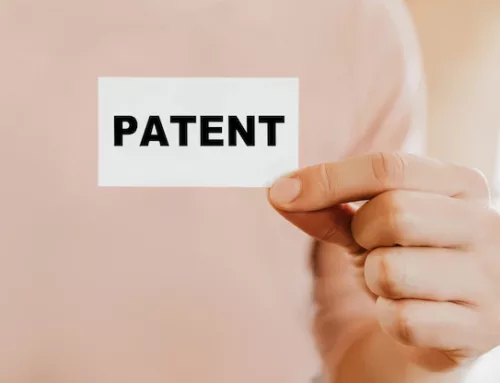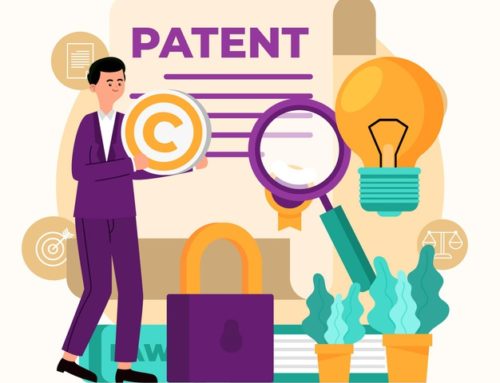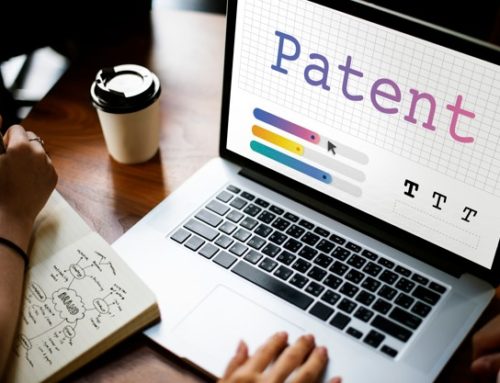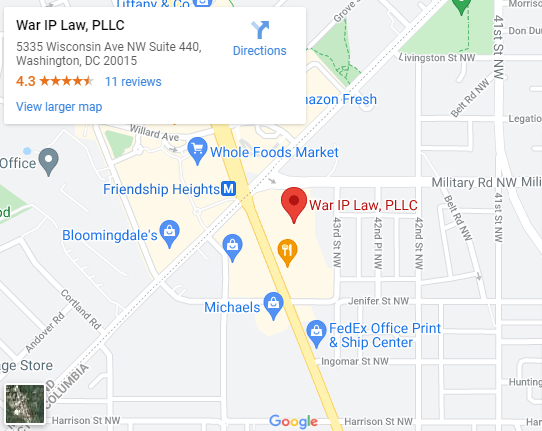Few are familiar with the patent process, the importance of patent rights, or the patent filing system. For some, the United States Patent and Trademark Office (USPTO) is a vague place for an inventor to patent inventions, or see a scientist applying for a patent as just trying to get ahead of a competitor. While this movie-based perception isn’t always wrong, patent laws are a lot more complex.
File patent applications correctly
Whether it is a utility patent, design patent, or plant patent, filing an application is a complicated process. Doing basic patent research is helpful for you to become familiar with the basics. These include learning which documents are required by the USPTO, what patents protect, and how long patents last. A Washington, D.C. IP Attorney from a trusted law firm can help you when obtaining a patent: from public disclosure to settling patent fees.
Before filing a patent application, seek legal help from a reliable patent lawyer. It is important for those wishing to obtain a patent to first clarify what a provisional patent application is, and when it is preferable to a nonprovisional patent application.
Opting for a provisional application instead of a non-provisional application
 Unless you are a registered patent agent or have filed a patent before, it might come as a surprise that a provisional application allows you to get an earlier filing date at a lower cost. As such, this option is ideal for those who would first need to commercialize or disclose their invention to obtain funding before filing a non-provisional patent application.
Unless you are a registered patent agent or have filed a patent before, it might come as a surprise that a provisional application allows you to get an earlier filing date at a lower cost. As such, this option is ideal for those who would first need to commercialize or disclose their invention to obtain funding before filing a non-provisional patent application.
A patent allows you to monopolize the market with the disclosed invention. When you file a provisional patent application at a relatively low cost, you can first test if there is a market before deciding to file a nonprovisional application. After taking market considerations into account, you can then apply for a nonprovisional patent within 12 months. An experienced Washington, D.C. IP Attorney can guide you when filing a patent application, be it provisional or otherwise.
When to file a provisional patent application
Disclosing your invention may influence your time frame for deciding when to file a provisional patent application. After filing the provisional application, you have a full year to apply for a patent.
Provisional patent applications may be useful for those who want coverage for their work, even if it is still in the final stages of development. In a provisional application, you may attempt to disclose the different potential iterations of your invention, to get some flexibility for product development and finalization. You may initially be working on one thing, and then come up with an entirely different invention after several iterations. If you filed a nonprovisional patent application for an initial prototype that was drastically modified, a new application must be filed for the new iteration—back to square one.
The need for a hands-on Washington, D.C. IP Attorney
Filing a patent application can be stressful. A registered patent attorney can help with any application, particularly in explaining how to file an invention disclosure form or how to obtain a patent after a provisional patent was filed. Trusted Washington, D.C. IP Attorneys can also help ensure that when you file a patent application(be it a provisional or non-provisional one), the legal document that you are submitting will comply with USPTO requirements.
Contact our Washington, D.C. IP Attorneys at War IP Law for a free consultation with competent patent lawyers.





